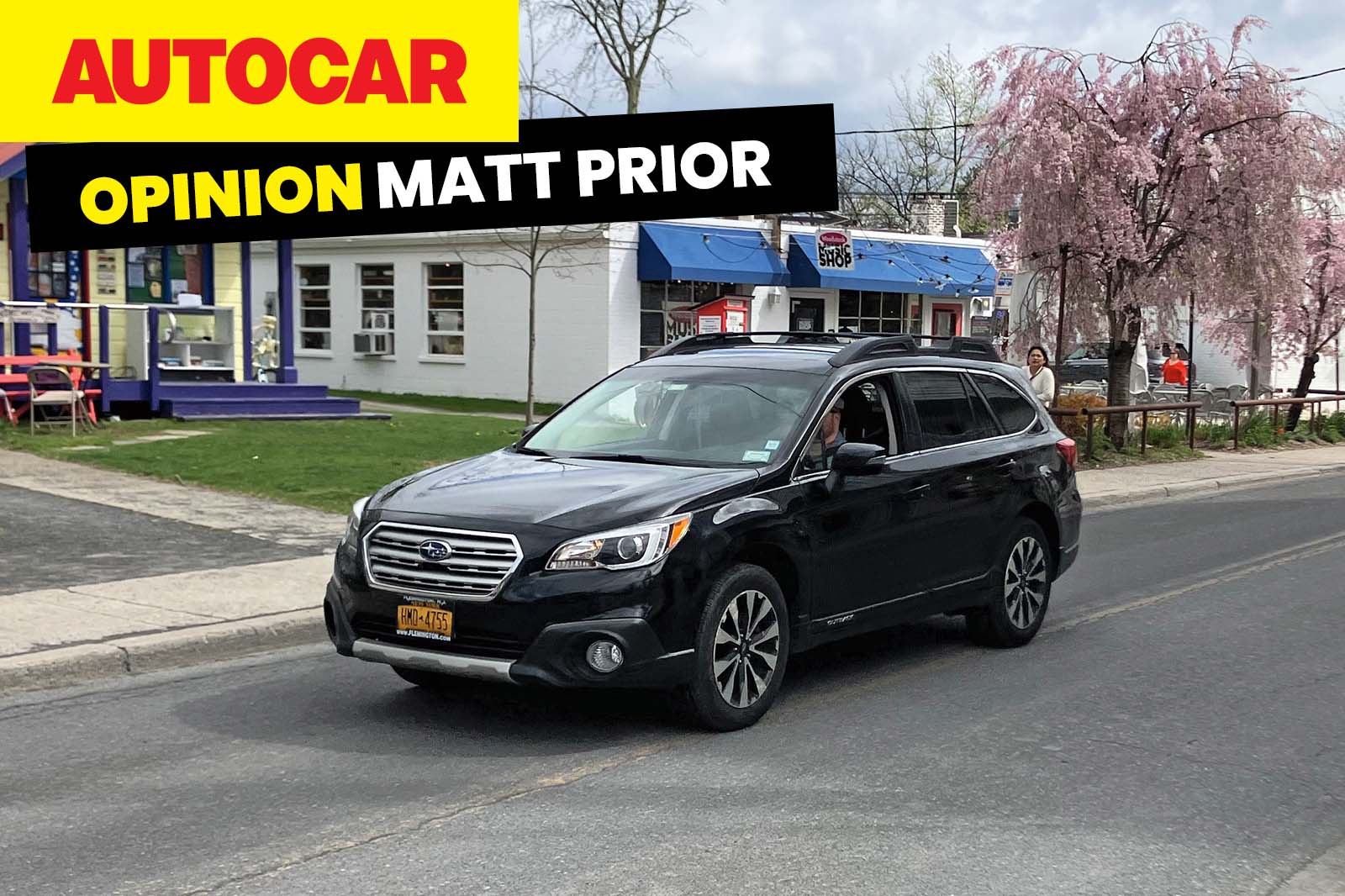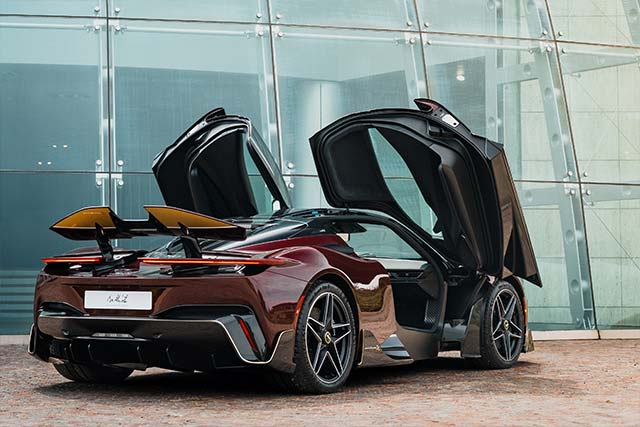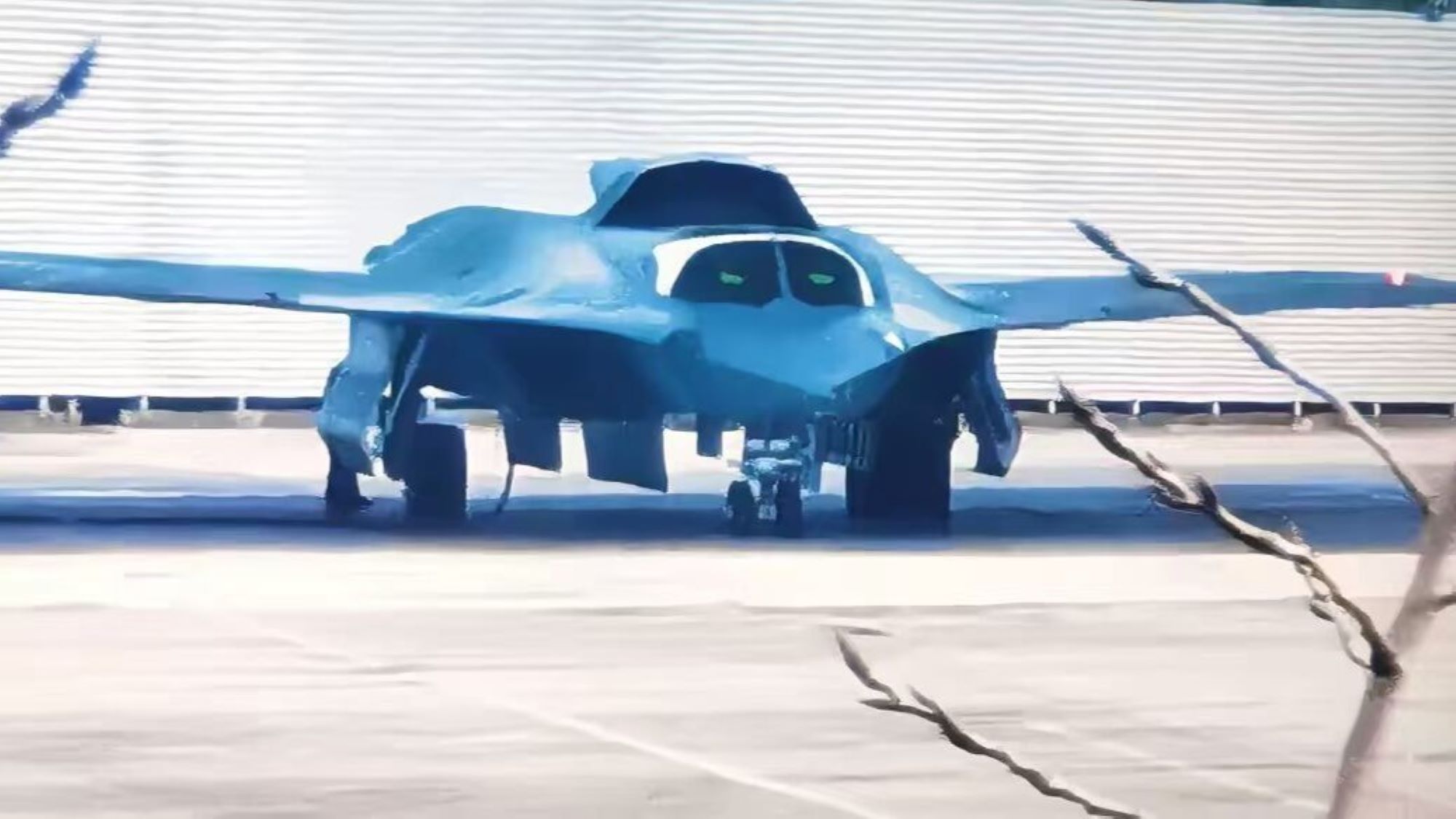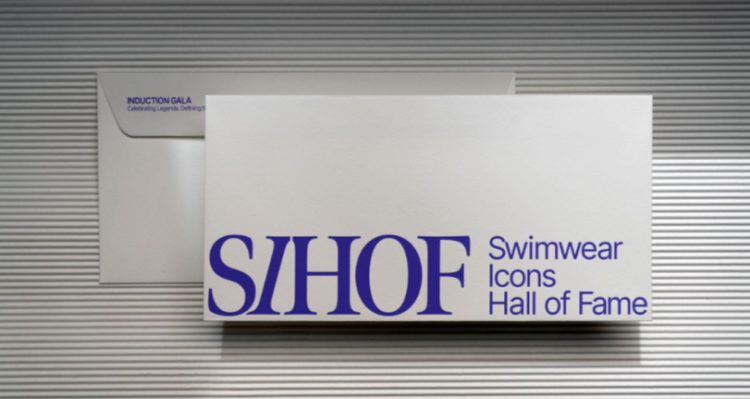Roberts, Falcone, and Motwani Turn One Acre to a City Within a City: The Story Of Miami Worldcenter
In the heart of downtown Miami beats an urban development project whose pulse is so fierce it’s been 22 years in the making. The Miami Worldcenter (MWC), spanning 27 acres, represents one of the largest private master-planned developments in the United States. A true “city within a city” that has transformed what was once an […] The post Roberts, Falcone, and Motwani Turn One Acre to a City Within a City: The Story Of Miami Worldcenter appeared first on Haute Living.


In the heart of downtown Miami beats an urban development project whose pulse is so fierce it’s been 22 years in the making. The Miami Worldcenter (MWC), spanning 27 acres, represents one of the largest private master-planned developments in the United States. A true “city within a city” that has transformed what was once an overlooked, truck-filled district into Miami’s new epicenter.
Building The Beating Heart Of Miami

The vision began in 2002, when Marc Roberts, co-owner and co-founder of E11even Nightclub and E11even Club Hotel and Residences, one of the most famous nightclubs of our time, realized the best land in Miami was untouched. Arthur Falcone, Falcone Group Founder, understood the long-term potential of the location as they partnered up to create what was destined to become the second-largest mixed-use urban development in the United States of America.
In March 2003, Roberts and Falcone acquired their first one-acre parcel, igniting the greatest land assembly of modern times. What they recognized as “the best land in Miami” was modest, a corner spot on NE 1st Avenue and NE 10th Street, next to what would eventually become Paramount — their foresight was extraordinary.
Where most saw a blank spot on the map, they saw a bullseye. Bordered by I-395 and I-95, close to what would become the Performing Arts Center, and near the newly relocated Kaseya Center. Positioned at two of Miami’s most important access points. Just a five-minute drive from PortMiami, the cruise capital of the world, which brings over 8 million people a year, offers an unparalleled connectivity and commercial advantage. To say the least.
“You try going to Brickell on a Friday night over to the Design District, it’ll take you 30 to 45 minutes,” land assembler Marc Roberts said. “Try going from Miami Worldcenter, you’ll be there in 5 to 10 minutes, most.”
However, to make this time-to-distance a reality, they must overcome two major obstacles that stand in their way: the constant flow of 800 to 1,000 cargo trucks rumbling through the neighborhood daily, and a significant homeless population centered around Camillus House.
The developers identified these challenges as the primary reasons such prime real estate had remained undeveloped. The game-changers came in two forms: the tunnel built at I-395, which diverted all truck traffic away from the area, and the relocation of Camilla’s House cleared the path for a development so grand it can never be replicated again in Miami.
“143 parcels were acquired from 44 different sellers,” Arthur Falcone, co-founder of Miami Worldcenter, said. “That was the missing link of this deal.”
What followed was a masterclass in land assembly. Piece by piece, they began acquiring properties like parts of a complex puzzle, only they could see taking shape. In 2006, they brought in a third member: Nitin Motwani and the three pioneered what would become the “Special Area Plan,” a visionary framework requiring a minimum of nine acres. The now team of three began walking architects through their bold, transformative vision.
“The moment Howard Elkis walked out of the room and presented to us, we all looked at each other and said, that’s our guy,” Motwani, Managing Principal of Miami Worldcenter Associates, recounted. “He didn’t talk about all the big, beautiful buildings. He talked about the people.”
With over 100,000 square feet dedicated to public spaces, the vision began coming to life. By 2008, $250 million worth of property was assembled. But the obstacles piled on.
Carving out the heart of Miami demanded relentless perseverance. After sitting down with the very giants redefining the city, I realized: the story was even tougher than the skyscrapers let on. These were the masterminds shaping Miami’s future, and they took me back — two decades earlier — to a time when the city’s destiny was far from certain, and few believed in what it could become. While we all know Miami today as a global hotspot, back in the 2000s, it was a different landscape entirely.
“I would always say, I don’t get how the rest of the world hadn’t figured out how great Miami was until COVID hit,” Falcone explained. “But I saw it the whole time, and we were putting our money where our mouth was, and we know sooner or later it’s going to work.”
“So as we went around trying to get ground floor retail, vertical buildings, public spaces done, people thought we were crazy,” Motwani said. “People would take meetings with us just to be like, wait, you guys are serious? You want to develop all this land in Miami?”
At the time, as people considered Miami a no man’s land, the only way to get buildings and a neighborhood built was by pivoting their vision to do a mall. Tens of millions of dollars were spent planning the potential construction of certain buildings anchored by Bloomingdale’s, Macy’s, and The Forbes Company’s involvement. Everything seemed like it was finally progressing.
“Until December 11th, 2015, at 2 p.m.,” Motwani stated.
“Chairman of Bloomingdale’s, Macy’s says, we’re out. We’re closing 150 stores.” Falcone recalled.
“It was a rough weekend,” Motwani chuckled.
“Biggest blessing in disguise ever,” Roberts said with a smirk.
Yet what appeared as a setback in the moment became the redirection towards their original vision: great public spaces, ground-floor retail, and beautiful high-rise buildings that would form the new center of downtown Miami.
The Power of Partnership: Assembling the Land, Leaving a Legacy
This was no ordinary development team — they were true land assemblers, bound not just by business but by a sense of family. In early 2004, Roberts purchased a Fort Lauderdale property for $20 million from Nitin’s mother, Ramola Motwani — a transaction that would lay the foundation for their future collaboration. Arthur Falcone, who had served as best man at Marc Roberts’ wedding, formed the core of this team.
“Nitin’s mom told me, you know, you need to meet my son, he’s a very bright young man,” Roberts explained.
“How old were you when I first laid eyes on you?” Roberts joked.
“24,” Nitin responded, laughing.
As Roberts and partners started assembling land along almost all of 11th Street, leading to incredible new residential developments. Roberts and Falcone entrusted Motwani with the critical task of securing the political approvals needed to bring a project of this scale to life.
“Nitin took the reins and the bull by the horns and did a monumental job,” Roberts stated. “Nobody else could have pulled it off with Falcone after the recession.”
Entrusting a man in his early 20’s with the keys to not only Miami’s future but a project that could redefine America? Bold move — or maybe just genius in disguise.
There’s no doubt, this team is in a league of its own. Finding a partnership this strong is rare, but sticking through the Great Financial Crisis together…that’s unheard of.
“We had three of our banks that we were borrowing money from that failed,” Falcone said. “It was an ugly time from that standpoint.”
Even as parts of their acquired properties slipped through foreclosure auctions, with the looming fear of losing the land for good. They never quit on each other or their dreams. The partnership and funding of CIM, a leading real estate and infrastructure investment firm that revitalizes urban areas, allowed them to acquire everything for cash, bringing in money to eliminate their debt and continue moving forward with the project.
After braving the storm, they caught the first light of a long-awaited dream. It began with mega towers Paramount and Caoba—pillars of promise—then rose steadily as retail and parking followed, each mixed-use marvel adding a new verse to the city’s unfolding symphony. From the soil, a radiant mini-metropolis bloomed. A Museum of Ice Cream to stir wonder, Lucky Strike for the night’s thrill, Maple & Ash, Go Greek, and Earls for indulgence. For the conscious consumer, the world’s most carbon-neutral Apple store shines. Directly adjacent to Brightline’s MiamiCentral Station, MWC directly integrates with Metrorail and other transit systems allowing easy access to shop and walk around. Every flagship brand imaginable finds a home here, icons and household names alike, stitched into the fabric of the center of Miami.
But wait—there’s more. As if acquiring the land and building a city from the ground up weren’t ambitious enough, they went below it, too. Enter The Underdeck: a 33-acre public park taking shape beneath the I-395 Signature Bridge. The U.S. Department of Transportation thought it was worth betting on—awarding Miami a record-breaking $60 million grant toward the $83 million project, the largest federal grant in the city’s history.
”When we think about Miami World, it’s always been about creating this community, creating this place for people, families, pedestrians to walk around,” Motwani said.
Today, Miami Worldcenter is approximately 40-50% built out, but its future is clear. When completed, it will feature: 11,000+ residential units, 1,000+ hotel rooms, over 1 million square feet of office space, more than 500,000 square feet of retail, and a projected population of 40,000-50,000 people.
Miami’s Pulse: Driven by Relentlessness, Teamwork, and Perseverance
The scale of Miami Worldcenter required unprecedented community engagement. The developers held over 100 public meetings and appeared before the city or county 12 times, receiving unanimous approval each time —unheard of in Miami. They entered into what they describe as “the most robust community engagement agreement Miami ever had,” establishing a framework that subsequent projects have had to follow. This included local hiring initiatives, job training programs in partnership with Miami-Dade College, and higher wages. The project received support from three consecutive mayors—Mayor Diaz, Mayor Regalado, and Mayor Suarez—as well as key commissioners like Commissioner Hardiman and Commissioner Sarnoff.
As Miami Worldcenter continues to develop, its creators see it as more than just a successful real estate project. They describe it as the confluence of arts, culture, entertainment, transportation, and education that will establish a new standard for urban development.
When asked how they were able to finally pull off a project of this size. The Worldcenter founders said the answer was easy.
“Fortitude and never quit,” Falcone answered.
“Patience and Perseverance,” Motwani added.
“Relentlessness and mental toughness,” Roberts pitched in. “I always say when the going gets tough, the tough gets going.”
“When we first started, people thought we were crazy. After the financial crisis, people thought we were stupid. And today they say we’re lucky,” Motwani reflected. “And they’re probably right on all three.”
Fueled by this mindset and backed by the people of Miami and their unwavering team, they persevered through what they describe as a “22-year overnight success” that pumped life into Miami’s heart.
“When people look at developers, they think there’s a lot of overnight success,” Falcon emphasized. “This was a 22-year overnight success.”
“The vision at the beginning was the best land in Miami. And it’s going to be proven it’s the best land in the country before it’s all over,” Roberts stated. “Then the story will take on a whole life of its own, like every other great story in the world.”
The post Roberts, Falcone, and Motwani Turn One Acre to a City Within a City: The Story Of Miami Worldcenter appeared first on Haute Living.


























































































































































